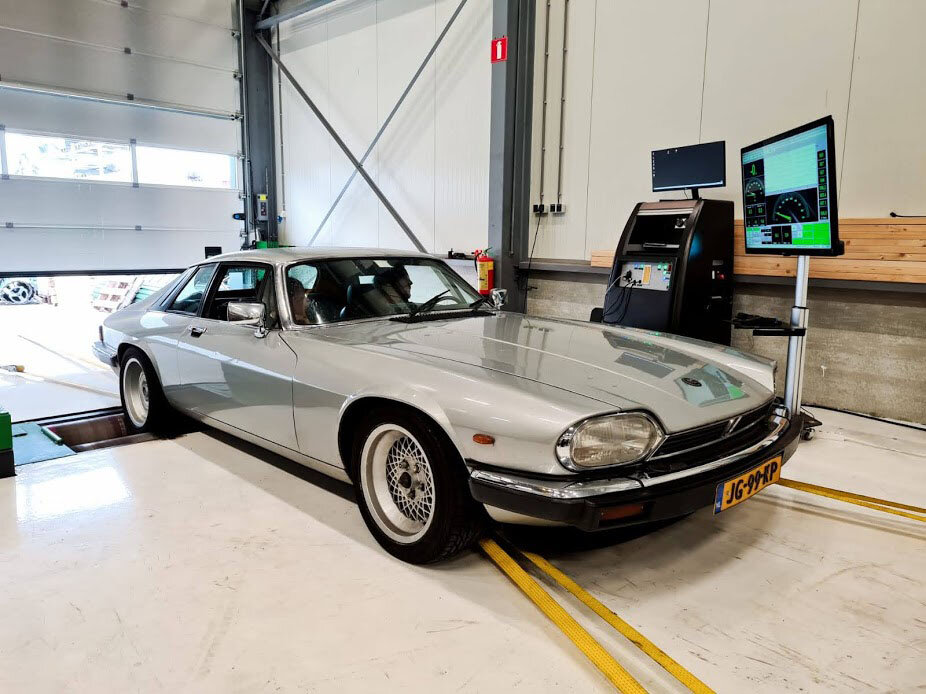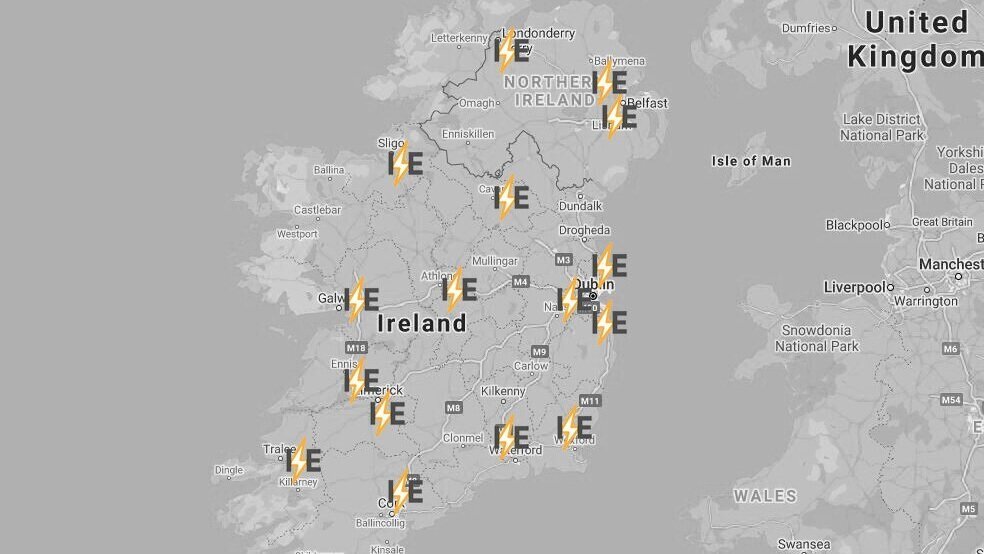
How Electric Car Conversion Works
Reducing Waste, Cost And Emissions
With the impending ban on the sale of new petrol and diesel cars coming into effect in Ireland in 2030, many people are now starting to look at buying an electric car for the first time.
Common and out-dated myths around range anxiety and battery longevity are slowly being overcome, but the initial cost of purchasing a brand-new electric car is still prohibitive for many – even with the SEAI’s grants.
Today we look at the process of converting your existing petrol, diesel or hybrid car to run as a fully electric vehicle – covering how this can be significantly cheaper than buying a new car, the processes involved, and why this is so much more environmentally-friendly than scrappage schemes.
Electric conversion
While this is only really starting to become part of the public consciousness, this is a well-established industry that has been growing for over a decade, and which can make a huge impact on the Climate Crisis and on your finances.
For example, the New Electric group was started in the Netherlands in 2008, and has since converted over 200 bespoke vehicles, covering everything from cars and trucks, to ambulances and boats. In 2018, New Electric Ireland was established in County Wicklow, and over the last two years they been training mechanics and motorists to convert their cars to run as zero-emissions EVs.
We spoke with Kevin Sharpe of New Electric Ireland to help you understand what is involved, how much it costs, and why this could be the shape of things to come.
How does it work?
Quite simply, the process of converting your petrol, diesel or hybrid car to run solely as an electric vehicle requires you to remove the engine, the gearbox and the fuel tank – as well as a few other bits and pieces – and replace them with a motor and a set of batteries.
Vehicles of any kind can be converted to run as electric - it doesn’t just have to be high-end or classic cars. In fact, converting your family car to run as an EV is significantly cheaper than buying a new car, while also helping you to cut your carbon footprint and reduce waste. Credit: New Electric Ireland
And the good news is that any car is a candidate for conversion, according to Sharpe: “The beauty is that you create a lot of space by removing the internal combustion engine, which creates room for the batteries.”
“You can do tiny cars, but the larger the car, the easier it is to convert because you have more space to work with – and it’s even easier with vans and tractors”.
Kits are designed to fit specific models and are then replicated to reduce cost and make the conversion process quicker and easier. Credit: New Electric
Over recent years, the New Electric group has taken all its experience and has worked to develop kits for different models of cars so that the process can be simplified to reduce the time and the cost of the conversion.
“The two cost drivers today without a doubt are range and labour,” explains Sharpe. “The key to overcoming labour is making this modular, mass-market, and we think it’s very practical to be able to get down the conversion time down to half a day. Most mechanics we work with can get an engine out of a car in about half an hour, and the rest of the process is just bolting in the kit, and you can do that in a couple of hours”.
Of course, not all cars have kits available yet, but New Electric Ireland is working hard to train both professional and aspiring mechanics so that both new kits, and those who are qualified to fit them, are available in short order.
How much does it cost?
While you could expect a brand new electric car to cost you in the region of €30,000, converting your current car is significantly cheaper and could cost you as little as €2,000-€5,000, depending on the range that you want your car to have.
Aside from the labour, the biggest cost factor at present is the batteries – and that is because they are in short supply, and manufacturers don’t yet sell them to car convertors at an affordable price.
However, all technology is subject to Moore’s Law – a golden rule in electronics that the capacity of any electrical device will double every two years while also halving in cost.
“My expectation is that we’re going to get about 241-321km range for around €5,000 including parts and labour”
Combined with the increased availability of kits, Sharpe sees that this will be a major factor in driving people towards EV conversions in just the next couple of years: “My expectation is that we’re going to get about 150-200 mile (241-321km) range for around €5,000 including parts and labour. It’s not quite possible today, because we can’t get the batteries, but I think that’s where we’re going”.
“Some people are very dismissive of EV conversation and say it cannot work, but what you’ve got to remember is you’ve already got the car, and that’s a huge part of the cost.”
The influx of more and more new electric cars will also see a greater number of donor parts coming onto the market for EV conversion, driving the costs down further.
In the meantime, New Electric Ireland are also innovating in another key area – fast charging: “We’re about to start working on a €2,000 conversion, which we expect to be at least 50 mile (80km) range, but it will also have rapid charging – and that’s a critical part of this.”
“Very few people would bother with a 500-mile battery if we’ve got good rapid charging facilities everywhere, as a battery that big just isn’t affordable and you don’t need that level of range – particularly in Ireland.”
Of course, you can always upgrade your range as well, as technology progresses – something that you can’t do with a petrol or diesel car today: “Range extenders are progressing quickly, which you can best see in the Nissan Leaf community,” says Sharpe. “With range extender batteries, we can see range nearly double, and that can be done in half a day.”
Its not just cars that can benefit from EV conversion. Converting tractors could help to reduce emissions from agriculture while being a cheap solution for farmers. Credit: New Electric
“With range extender batteries, we can see range nearly double, and that can be done in half a day.”
There is even the opportunity to make some of your EV conversion costs back by selling the parts that you no longer need, like the engine, fuel tank and catalytic converters.
Sharpe recently bought a hybrid Lexus valued at £80,000 (€88,300) for just £500 (€552) after it had been written off for a battery fault. Having imported it to Ireland from the UK, they repaired the battery fault in half a day.
Having then set about converting the car to run as a fully electric vehicle at a cost of €300-500, they expect to get close to the conversion cost for the catalytic converters alone. “You end up getting the car for free, as well as some money back to help pay for the conversion,” says Sharpe.
How do you register it?
Aside from developing the technology behind electric car conversions, New Electric Ireland has also been instrumental in helping to establish a process for registering the cars after their transformation, which will smooth the way for you to follow suit.
“In Ireland we have a really good, well defined process now that is really safe,” explains Sharpe. “The car is reviewed by an automotive engineer, who assesses the whole conversion and they have to sign it off. Once you’ve done that, you can get the vehicle re-taxed as an electric vehicle and then everything else follows on”.
Cars of all shapes and sizes can be converted, and the process of testing and registering them in Ireland had already been defined. Credit: New Electric
Once the car has been registered as an EV, it can then go through the NCT inspections as any other electric vehicle would, so there is no need to worry. All the running parts in the car will be brand new too, so there’s no issue there – you just need to remember to focus and wash your headlights as you would have done before the car was converted.
New Electric Ireland have been through this process enough themselves and with their customers – like Fiachra Cooke and his EV converted 1993 Audi 8E – that they have helped to normalise the process with NCT centres.
“In the early days of going to the NCT centre with a converted car, everyone would swarm around it – but now they’ve seen it all before,” says Sharpe. “We’ve currently got 20 active conversions on the go at the moment, and expect to see around 50 conversions in Ireland next year.”
And for those who are worried about the safety aspect, this has been of the utmost importance for Sharpe and his colleagues: “I’m known for being overly safety conscious – which comes from my background in the medical field. It is the task of the automotive engineer to certify that the vehicle is safe – and their whole focus is on safety. The best way forward is to get it right from the beginning.”
On the note of safety, there is a common misconception that electric cars are heavier once they are converted – a myth that Sharpe easily debunks: “When the automotive engineer assesses the car, they look at the weight and weight distribution and you can’t exceed the plate weights – it’s just not possible to certify a vehicle that is over the weight of its original specification.”
“The reality is that you’re taking out this big lump that’s the internal combustion engine, and depending on whether you take out the gearbox or not, that’s another lump of weight. Then there are the catalytic converters, the fuel tank – it all adds up.”
Instead, he finds that most EV conversions are at least the same weight as they were before – if not a little lighter.
“We believe it’s critical that this technology is out there, and is understood, because we really believe in the circular economy”
Why this matters
Hopefully at this point you’ll see that electric car conversion is not only possible, but that it’s a cheaper way for you to start driving a zero-emissions vehicle and helping you to reduce your carbon footprint.
It is on the latter point where EV conversions go from being a nice-to-have, to an essential service in our fight against the Climate Crisis.
“We decided to set up New Electric Ireland to promote open source technology and to train people in how to use it in order to expedite the adoption of EV conversion – and fundamentally behind that is the idea that we should upcycle and not replace,” states Sharpe.
“We believe it’s critical that this technology is out there, and is understood, because we really believe in the circular economy.”
While the process of EV conversion removes the vital organs of the car, it stops several tonnes of plastic, metal and fabric from being scrapped and wasted. By converting your car to an EV you are, in effect, keeping metal and oil in the ground and avoiding the emissions and environmental destruction needed to extract them.
This is particularly important when you understand that the average car in the EU has a life expectancy of just 10.8 years from its first sale to being scrapped, according to the European Automobile Manufacturers Association.
Despite the confusion created by the recent Astongate misinformation campaign, new electric cars need to drive around 30,000km to offset the emissions from their manufacturing process – that’s around two years for the average Irish driver.
Converting trucks offers significant savings in running costs and is much cheaper than replacing entire fleets. Credit: New Electric
But for an EV conversion, it’s not an issue because you’ve already recycled the majority of your car and once it is converted it will no longer create any emissions itself.
“The Right to Repair movement is critical in this. We can double the life of an existing car and add another 20 year’s life to that – the repercussions for the world around us are huge,” says Sharpe. “We’ve seen so many perfectly good vehicles scrapped. Seeing all the Dieselgate cars that got crushed, it’s outrageous.”
In fact, we at IrishEVs believe in the ecological value of EV conversion so much that we’re planning to convert a car with New Electric Ireland in the near future so that you can follow the process, ask questions along the way and see how easy it is to adapt to electric driving.
A massive thank you to Kevin Sharpe and New Electric Ireland – be sure to follow them on Twitter at @NewElectricTRNG and @NewElectricDIY.
What To Read Next
Incentivising EV Conversion
Discover how the Irish government could incentivise this industry as part of its ambitions to reduce emissions and tackle the Climate Crisis
Why EV Battery Recycling Is Set To Take Off
Find out why nervousness about the EV battery life cycle is overlooking other opportunities, how new efficiencies are being found, and which emerging technologies may influence its future








